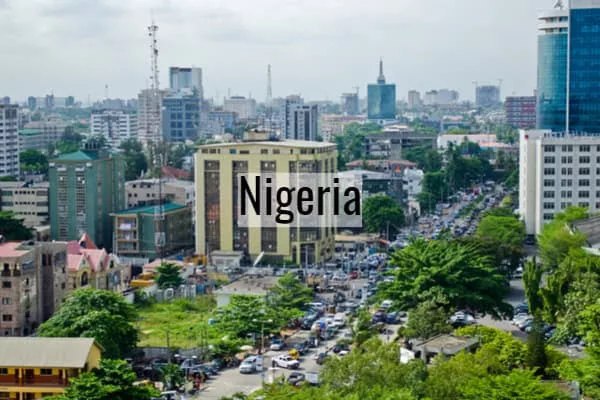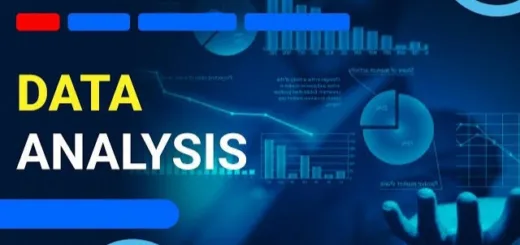How To Identify Fake Naira Notes in Nigeria (2026)
The redesigned naira notes were just made available by the Central Bank of Nigeria (CBN). However, according to the highest bank in the country, there are security measures on the banknotes that make it simple to identify authentic notes. Nonetheless, there have been reports of counterfeit ₦1,000 notes floating in the market just days after the newly redesigned notes were released.

A fake currency is a copy of legal tender that was created without the state’s official approval. How can one identify counterfeit new naira notes? Is it possible to ascertain whether someone gave you fake Nigerian naira notes only by glancing at their physical features? We’ll highlight certain tips that Nigerians can use to quickly distinguish between a fake naira note from a real one.
HOW TO IDENTIFY FAKE NAIRA NOTES IN NIGERIA
These techniques below will enable you tell the difference between a fake Naira note from a real one.
USE WATER OR OTHER LIQUID
Wetting a fake Naira note with water or another liquid is the quickest and most reliable way to spot it. Using water or another liquid will help you distinguish between fake and genuine banknotes. This is a reliable approach to spot a fake naira currency. If somehow the money is counterfeit, the color will start washing off right away after wetting it, whether you fold it or delicately scrub it with the same hand. The currency can also be submerged in water for 20 seconds. If the money is counterfeit, you’ll observe that the color starts to wash out while the real money never does. The colors used by counterfeiters to print their false currency are soluble in water and some other liquids, and scammers release the fake currency.
CHECK FOR WATERMARKS
A quick technique to recognize a fake Naira note is by looking for watermarks. How is that even possible? Check your currency with natural light to determine if the person whose photo is on the note is depicted. When looking for a watermark, hold the cash up to a light. Each naira note has a watermark that features the figure whose portrait is on the paper. The watermark is engraved into the paper to the right of the image and should be discernible from both sides of the banknote.
EXAMINE THE RIBBON/THREAD
All Naira notes have a ribbon-like thread running through them. Typically, this goes from top to bottom. This thread is detectable by touch in actual notes. It is more pronounced on older Naira notes. However, there is something that appears to be the thread in bogus notes but is actually not. What is shown on the fake notes is merely a painting made of straight lines that mimics the thread on the real notes. The artwork will peel off if it is scratched, just as the solver panel on recharge cards.
CHECK OUT THE PORTRAIT
Take a look at the person’s image on the money note. If there are any particular differences, you can determine whether the money is phony. The images on actual cash are clear and feature incredibly fine detail, in contrast to the drab, blurry, and flat appearance of the portraits on counterfeit bills. The image usually stands out from the background on a real bill. The colouring of the face often melds too much with the banknote on counterfeit money.
CHECK THE TEXTURE
Authentic money and counterfeit money usually have very different textures. The Naira note’s texture and appearance shouldn’t typically be soft and lifeless. If that is the case, you have every right to be worried, reject it, and ask for another one. This means that you need to be aware of how the money you get feels when it is touched.
USE MERCURY BULBS
The paper Naira uses has some characteristics that are invisible to the unaided eye. Only genuine Naira notes have these properties. Moreover, they are only visible with the aid of mercury lights. For example, a real ₦1000 note will display a glowing 1000 (in digits) printed across it when exposed to the light from a mercury lamp. Smaller denominations are equivalent in this way.
COMPARE THE CURRENCY WITH ANOTHER OF THE SAME DENOMINATION AND SERIES
Get a banknote of the same denomination because notes of other denominations will seem different. Holding a money up next to another money that you know is legitimate may help you detect a variation if you are still dubious about its authenticity. Money’s characteristic feel has remained essentially unaltered over the years, despite the fact that its appearance has changed.
OBSERVE THE GOLD FOIL
There is a gold foil on the right hand side of the ₦1000 note, just below the CBN governor’s signature. The gold foil on a false note will immediately peel off when scratched, whereas it does not wear off an original note.
NEW NAIRA NOTES SECURITY FEATURES
Security features have been made available by the Central Bank of Nigeria to aid in spotting counterfeit new naira notes. The following security aspects should be on your radar, per the CBN template:
- Optically Viable Ink (OVI): OVI security ink mirrors the light when viewed from a certain angle. The light alters its appearance contrary to what one would see if one were to look at the ink directly. OVI may appear transparent when examined straight in many practical circumstances. When viewed from a different perspective, though, it turns colored. As an illustration, the OVI of the new naira notes switches from blue to green depending on the viewing angle.
- Portrait watermark: A logo, line of text, or signature used as a watermark is placed over a picture. The majority of watermarks are transparent, allowing viewers to still enjoy the image. The portrait-style watermark on the new naira notes is depicted in the pictures.
- Engraved portrait: The new ₦500 note’s image of Nnamdi Azikiwe is being engraved into a surface. To make it easier for you to recognize the original, the portrait is painted or sketched on the right side.Kinegram: This is one of the simplest methods for spotting fake currency. It offers the new naira notes high-quality security and identification characteristics. The Kinegram is created using a picture of the Nigerian Coat of Arms from the first ₦1000 note.
- Intaglio: This happens when the naira note’s image is submerged into a surface and the sunken line or area retains the ink.
- Iridescent band. This is a symbol on the new ₦1000 note that varies depending on the angle from which it is viewed.
CONCLUSION
The value of fake money now in circulation in Nigeria is thought to be ₦100 million. For those whose primary source of income is from credit card sales, counterfeit currency is a considerably smaller problem. However, if you get the majority of your cash in physical form, we’ve got you covered. We hope that this guide will assist Nigerians arm themselves with the information needed to spot these counterfeit naira notes. Anyone can tell the difference between authentic Naira notes and fake ones by using the straightforward techniques described above.

